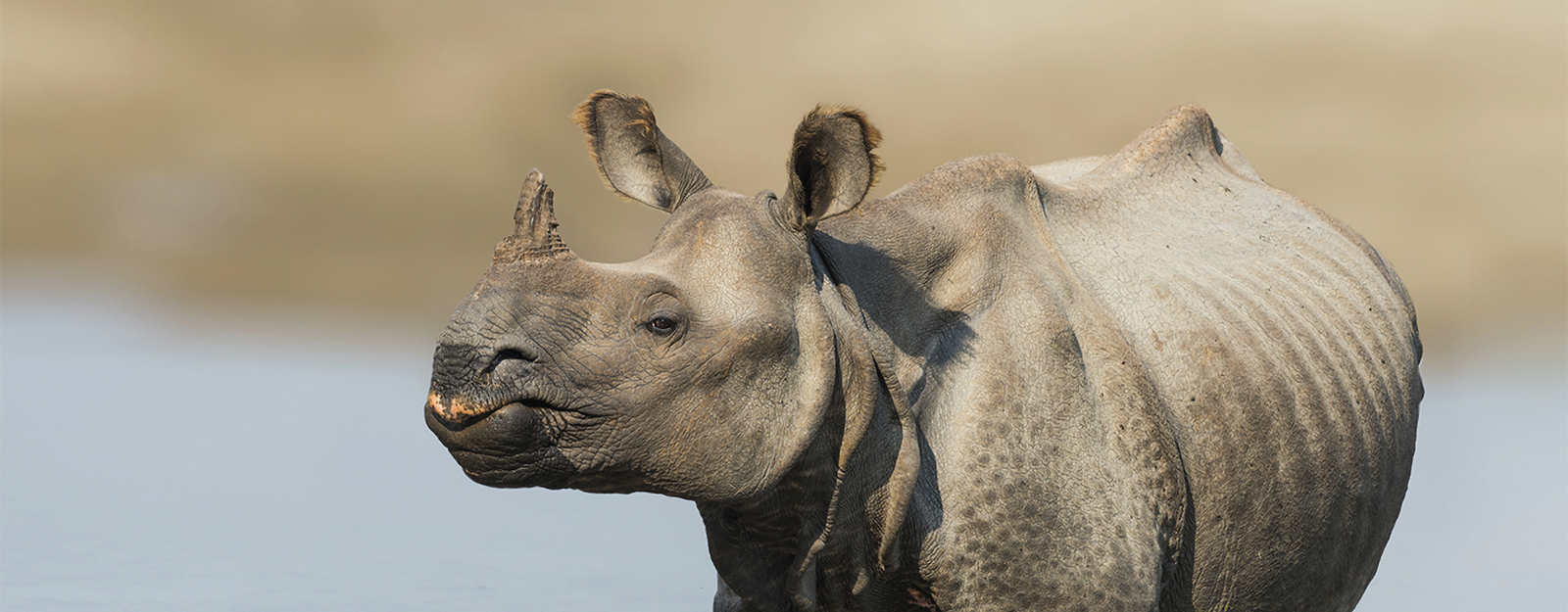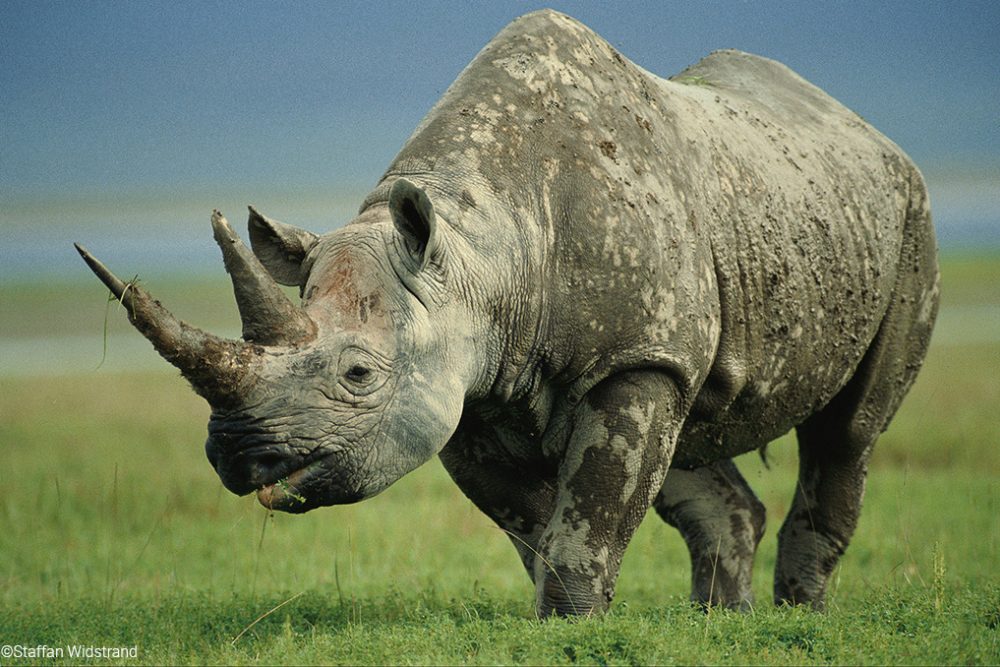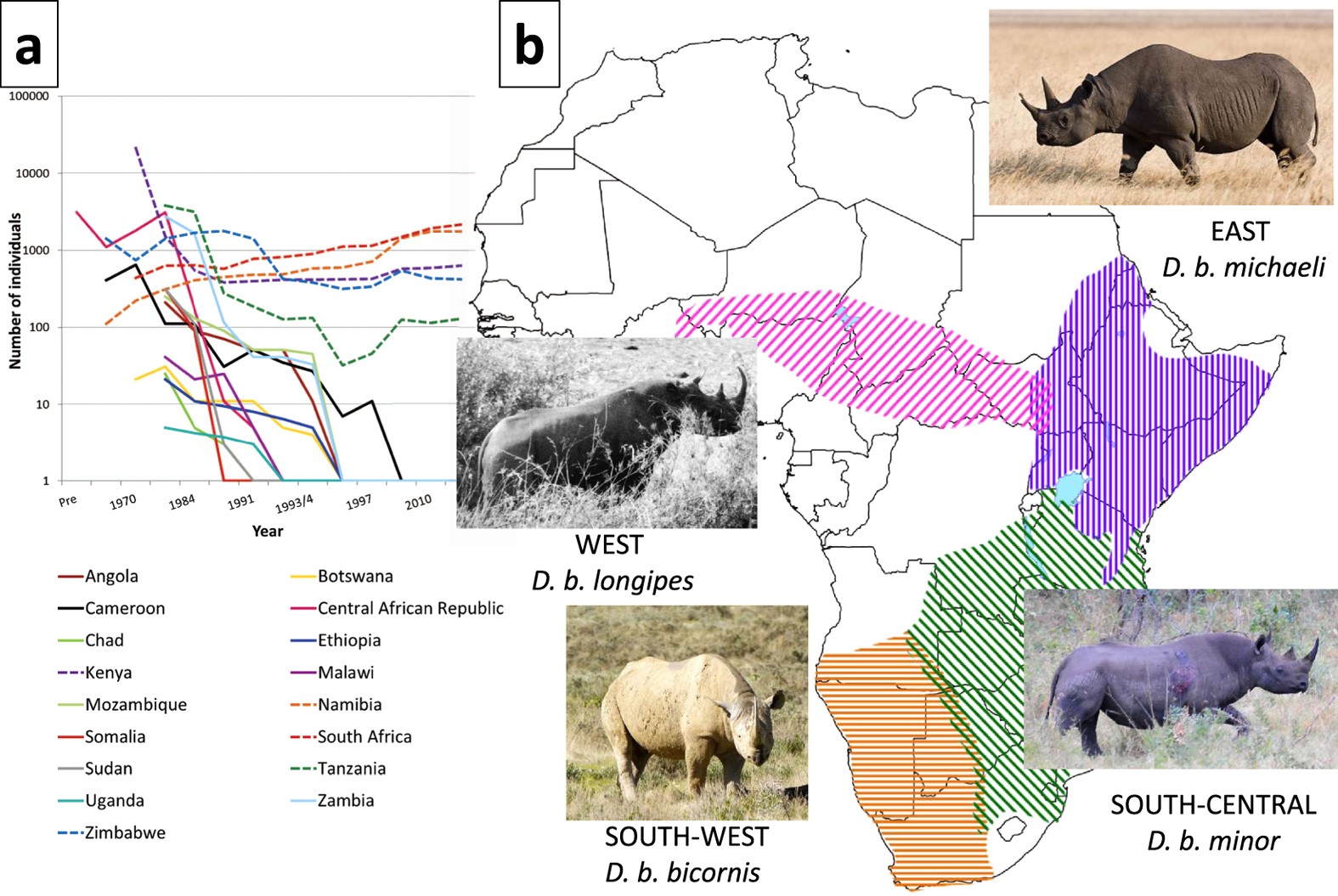

Adults spend most of their time feeding on fresh leaves. Upon emerging, adults fly to a new tree, feed, and mate, sometimes mating just after their first feeding.

Eleven to 15 weeks later, the larvae will have grown up to 16 times larger and have stopped eating, after which they enter the pupal stage and are immobile for approximately six weeks (Hickley 1973). In approximately 11 days, eggs hatch into larvae which begin feeding on surrounding organic material. Biology (Back to Top)Īdult females deposit eggs inside dead palms, decaying plant material, soil with high organic matter content, and, occasionally, wooden structures (Manjeri et al. Photograph by Aubrey Moore, University of Guam. Over the course of three instars, or phases between molts, they grow to 4.0 inches long (10.0 cm).įigure 4.

The body is C-shaped, has three pairs of segmented legs, and is grayish posteriorly. Oryctes rhinoceros larvae (grubs) are milky white with red heads. Photograph by Mike Dornberg, Florida Department of Agriculture and Consumer Services, Division of Plant Industry. In this picture, the head of the female is up while the head of the male is down, displaying an exaggerated difference in horn length. Female (left) and male (right) Oryctes rhinoceros. Both males and females possess a similarly sized horn used for leverage when moving within tightly-packed leaves or within the cavities they create in the crown of palms, the horn length is longer on average for males (Doane 1913).įigure 3. The ventral surface (underside) of males and females has reddish-brown hairs, but the female has a fuzzy grouping of these hairs at the tip of the abdomen. Adult beetles range from 1.2 to 2.5 inches in length (3.0 to 6.3 cm) and are dark brown or black. Description (Back to Top)Īlthough Oryctes rhinoceros is found in several regions of the world, its shape, size and color are generally consistent (Manjeri et al. Image by Mike Dornberg, Florida Department of Agriculture and Consumer Services, Division of Plant Industry. Distribution of Oryctes rhinoceros, based on published distribution records. Throughout this distribution, the coconut rhinoceros beetle is most closely associated with its preferred host plant, Cocos nucifera L., the coconut palm (Hinckley 1973).įigure 2. It has since spread to Yemen, Reunion, and Hawaii. Oryctes rhinoceros is native to Asia, between India and Indonesia. Adults eat the leaves and burrow into the crown, stunting plant development (Giblin-Davis 2001). Oryctes rhinoceros is one of the most damaging insects to palms in Asia and the Pacific Islands. Adults can cause extensive damage to economically important wild and plantation palms.įigure 1. Oryctes rhinoceros (L.), the coconut rhinoceros beetle, is a pest species occurring throughout many tropical regions of the world. Scientific name: Oryctes rhinoceros (L.) (Insecta: Coleoptera: Scarabaeidae: Dynastinae) Introduction - Distribution - Description - Biology - Host Plants - Economic Importance - Management and Control - Selected References Introduction (Back to Top)


 0 kommentar(er)
0 kommentar(er)
